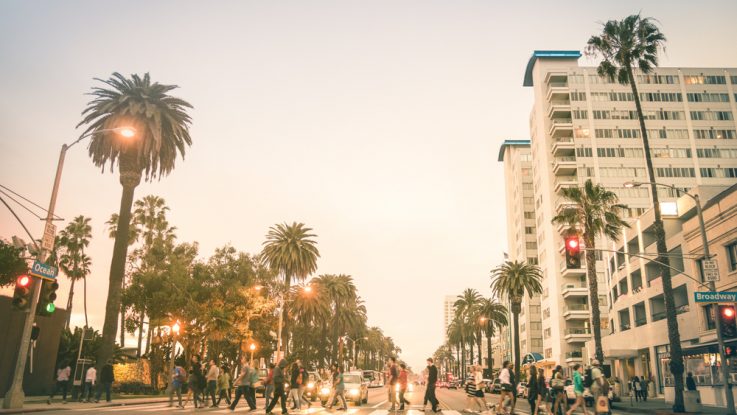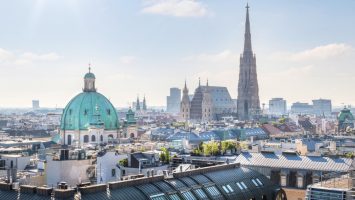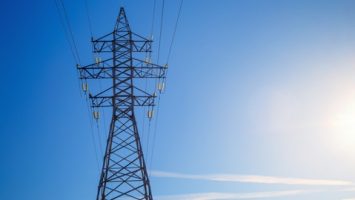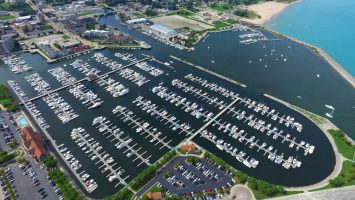
The City of Santa Monica, California has passed its Climate Action & Adaptation Plan – commonly known as CAAP – which aims to have the city achieve an 80 percent cut in carbon emissions by 2030, as a stepping-stone to the final goal of carbon neutrality by the year 2050 or sooner.
The Climate Adaptation section of CAAP lays out a framework for enhancing Santa Monica’s resilience to climate change through four sectors:
- Climate Ready Community – increasing community resilience to climate change and integrating climate change impacts into City operations and planning;
- Water Self-Sufficiency;
- Coastal Flooding Preparedness – enhancing natural systems to prevent environmental damage; and,
- Low Carbon Food & Ecosystems – increasing local food production.
The Climate Action section focuses on eight objectives in three sectors: zero net carbon buildings, zero waste, and sustainable mobility. The Plan calls for achieving 100% renewable grid electricity, installing 100MW of local solar energy, and reducing fossil fuel use. The city also plans to divert 95% of materials from landfills, convert 25% of commuter trips to public transport, and convert 50% of vehicles to electric or zero emission.
“The Climate Action and Adaptation Plan is the roadmap for Santa Monica’s next decade of environmental leadership,” said Mayor Gleam Davis. “This is a practical and ambitious plan to achieve water self-sufficiency by 2023, zero waste by 2030, and carbon-neutrality by 2050 or sooner. Continuing our legacy of local climate action is essential to the health and vitality of our planet, people, and economy. Santa Monicans set the bar for local stewardship of our planet and I’m confident we will continue to do so with this plan to guide us.”


